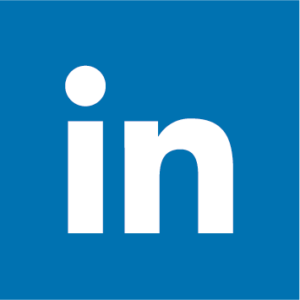Why small transport is the new big.
Focus on the rail network
At Van Dijk, we have increasingly focused on the expansion of our rail network in recent years. This is, for example, how we have been able to expand the reach of our railway line from Rotterdam to Krefeld, while we are also making increasing use of rail transport within Italy (Milano > Bari and Milano > Naples).
To us, choosing to expand this network is a conscious choice. It is more reliable, emits less CO2, an the frequency of the number of trips is sufficient to be able to deliver as agreed. On top of that, there is a constant expansion of the rail network taking place, which is why we expect to be able to transport even more by rail in the future.
Railroad terminal and hub as an ideal combination
The various terminals in the Netherlands, Germany, and Italy that we use to transship our goods (from road to rail or vice versa) are key locations for us within our working method. We are convinced that these locations boast a problem-solving capacity with which the pressure on the road network can be greatly reduced.
Currently, we are seeing a market where large distributors gather goods from all over Europe at one location in the Netherlands. Here, the goods are stored, sorted, and subsequently transported to the final destination. The centralisation of these goods at one location means that many kilometres have to be driven over the road in order for them to be delivered at the final destination. By choosing not to centralise goods, but to spread distribution over multiple locations (hubs) in the country, the number of kilometres on the road can be greatly reduced.
With the expansion of our rail network, we have decided to provide every terminal within our network with a hub. These are small locations from which storage, transshipment, cross-docking, and distribution take place, separate from each other, but connected to the rail. Thanks to our choice to work with these hubs (instead of one centralised hub), we are able to cover the final kilometres to the final destination in a smarter and more efficient way. Nowadays, this still often happens by truck, but we are certainly already considering alternative (more sustainable) transport solutions that, at the moment, are still limited in terms of their action radius. This includes transport by bike, electric truck, or even drone!
In our opinion, this form of transport is the future and contributes to a reduction of the traffic on the roads. Would you like to know more about this? Feel free to call, the coffee is ready.
 | Tim Verberkt Sales & Operations T: +31(0)478 – 51 70 25 @: sales@vdlo.nl |
 | Thieu van der Velden Sales T: +31(0)478 – 51 70 25 @: sales@vdlo.nl |
Do you have a question?
Leave your contact details behind and we will get in touch with you ASAP.




